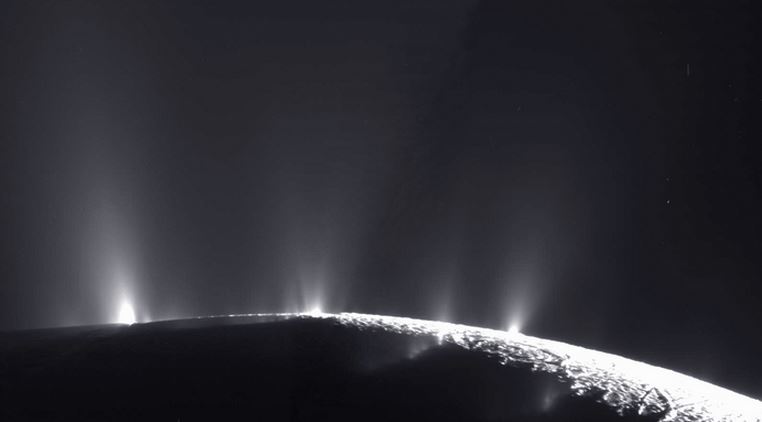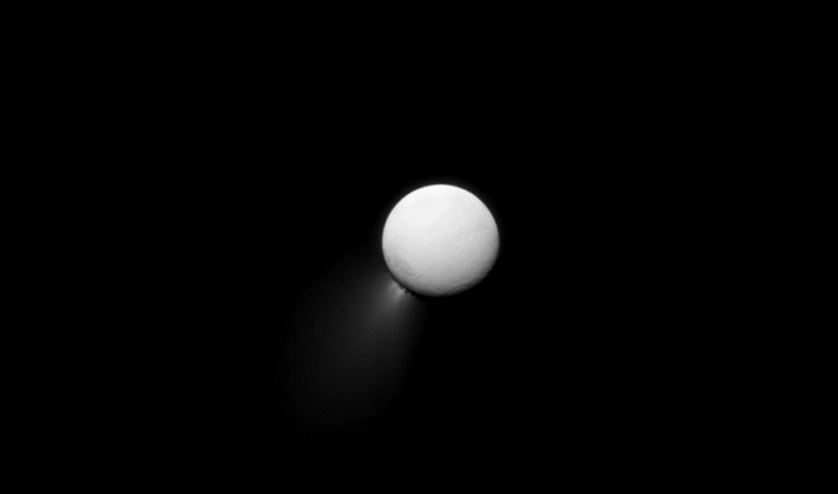NASA finds Water: Enceladus Moon is Where Life May Exist


Do aliens exist? Is life elsewhere in the universe? These questions are foundations of several sci-fi movies and books. More importantly we have our space agencies working on discovering life elsewhere in the solar system.
Search for life on other planets and celestial bodies is not an easy task. According to Chris McKay, astrobiologist and senior scientist at NASA’s Planetary Systems Branch, the investigation is required to be done under the surface. And to examine a planet from the inside is difficult.
Another area of interest is in answering whether there exists a different genesis of life. “To my mind that’s the real question: Not ‘is there life on these other worlds’ but ‘is there a second genesis of life on these other worlds,” says McKay. Are there aliens with entirely different molecular composition from life forms on Earth or they possess the same DNA!
Enceladus is the sixth largest moon of planet Saturn. Enceladus has a large ocean underneath a thick layer of ice on its surface. This makes our investigation easier. Enceladus was found to have plumes of water vapors and other substances spurting out of its surface. The Cassini spacecraft in 2005 observed these plumes.
Also read: Life-Supporting Nitrogen Detected on Mars by NASA
“I’d suggest that the best molecules to measure are amino acids, the building blocks of proteins,” McKay said. Indeed, amino acids are biologically important organic compounds. While considering life on Earth, case has been specific in the choice of amino acids. All living species on Earth are composed of twenty amino acids- all of which are left handed.

Amino acids are of two types- left handed and right handed. This classification is based on the phenomenon of chirality. Left and right-handed amino acids are chemically identical, but they are mirror images i.e. not superimposable. Life on Earth is made up exclusively of left-handed amino acids. The reason behind this fact remains unconfirmed. The most probable reason given by Mindy Levine, an organic chemist at the University of Rhode Island, is that the meteorites could have delivered left-handed amino acids to earth and hence used left-handed chirality in developing life. Life could have been developed from right handed too but not both.
If we succeed in discovering the existence of proteins in the plumes of Enceladus, then this would open paths for further questions. Steven Benner stresses upon determining the handedness of proteins as well. Steven Benner is president at the Foundation for Applied Molecular Evolution, Florida. If the proteins tend to have some handed amino acids, it would suggest these being developed out of biological processes.
Also read:
New Cosmological Collapse Mechanism Suggests that Universe May be on the Verge of an Impending Doom
To discover a completely different alien life, we have to go far away from the Earth. Comment down your views and curiosities.





